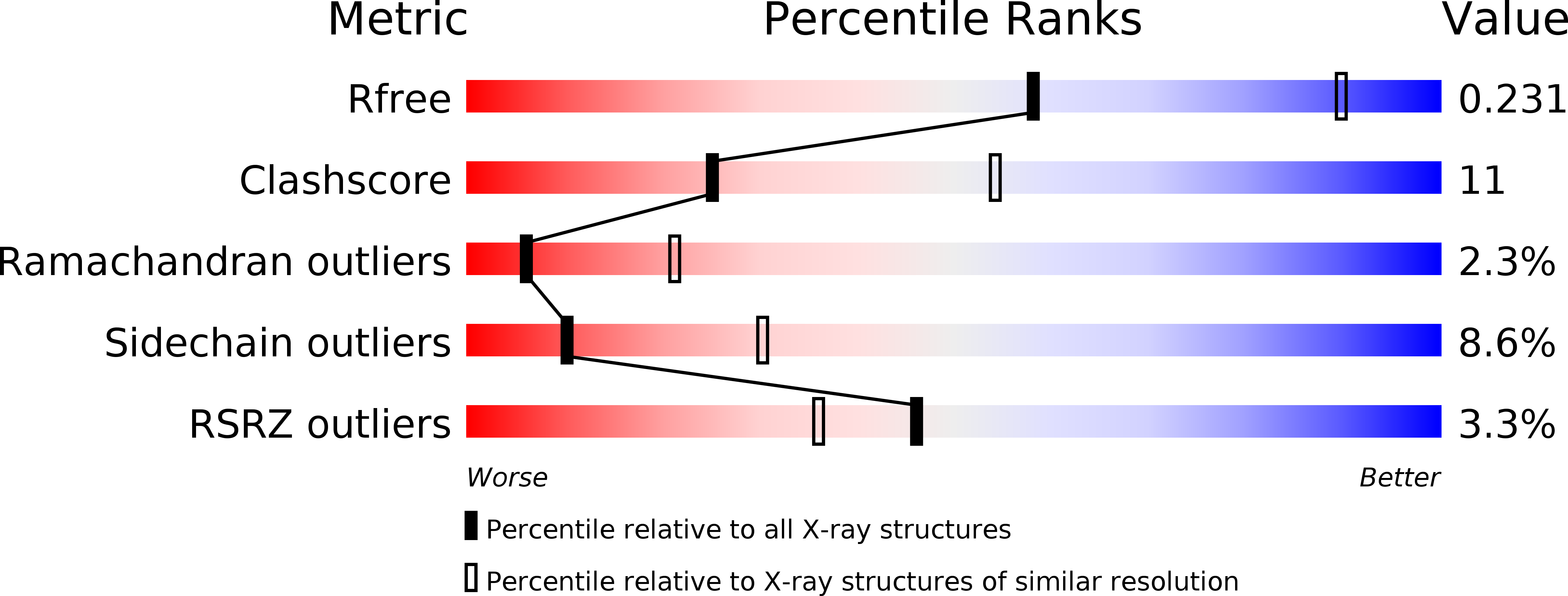
Deposition Date
2007-07-11
Release Date
2008-04-15
Last Version Date
2023-08-30
Entry Detail
PDB ID:
2QKM
Keywords:
Title:
The crystal structure of fission yeast mRNA decapping enzyme Dcp1-Dcp2 complex
Biological Source:
Source Organism:
Schizosaccharomyces pombe (Taxon ID: 4896)
Host Organism:
Method Details:
Experimental Method:
Resolution:
2.80 Å
R-Value Free:
0.28
R-Value Work:
0.23
R-Value Observed:
0.23
Space Group:
P 1 21 1


